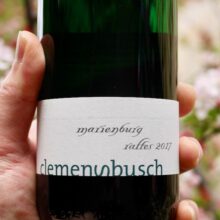
Product information
Clemens Busch Riesling Marienburg ‘Raffes’ 2017
$280
Description
The 2017 Pündericher Marienburg Riesling Raffes is the essence of gray slate. Bright in color and flavors but also intense and intermixed with lemon-fresh stony notes, this is a concentrated yet pure, fresh and finessed, highly intense and refined Riesling with great length and an endless finish. This is a powerful but Auslese-styled Riesling with concentration, finesse and lots of power but no alcoholic impression. The wine was bottled with 13% alcohol and almost nine grams of residual sugar.
Reinhardt
Only 2 left in stock
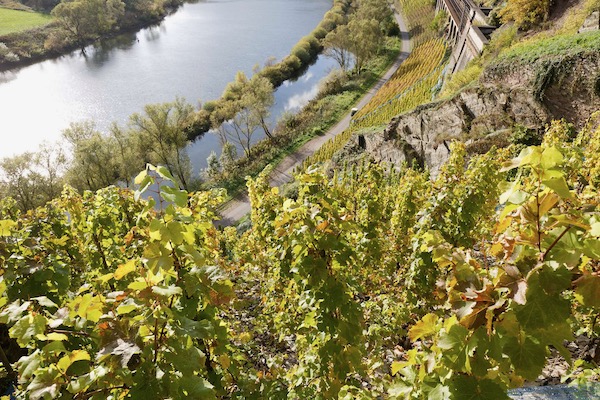
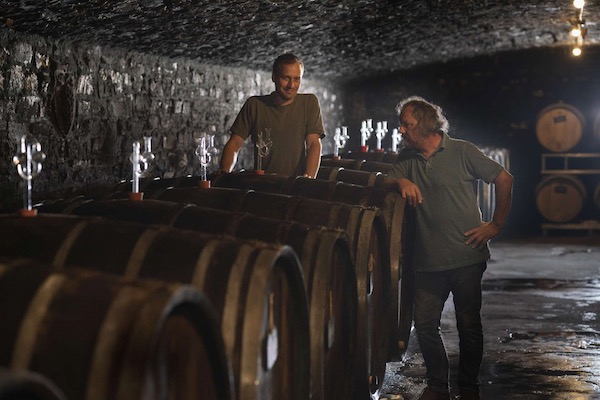
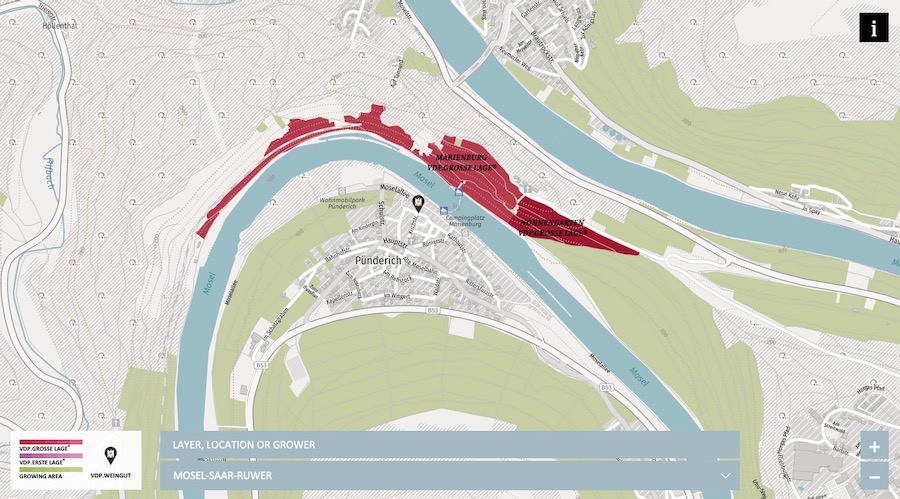
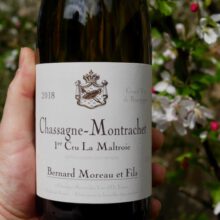
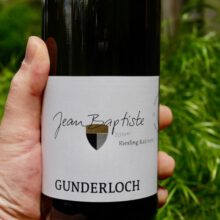
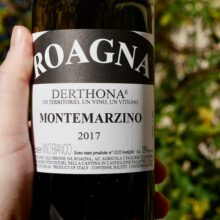
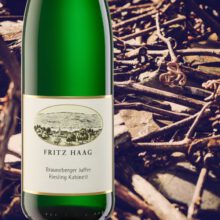
You must be logged in to post a comment.